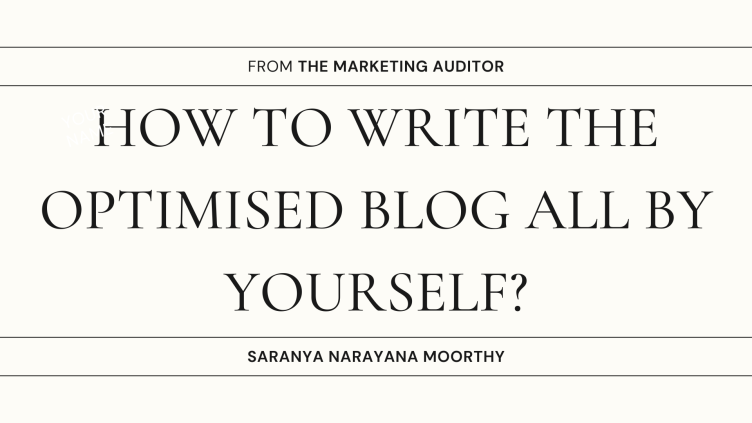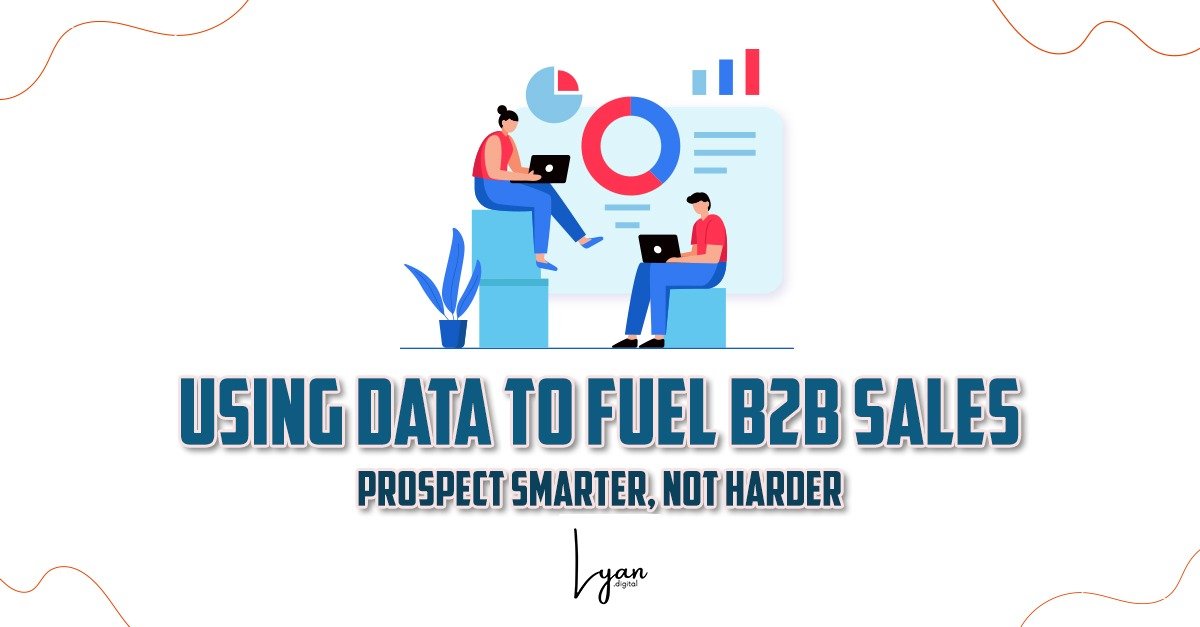Do you know that writing a blog can be easier if you know the formula?
Today’s Micro Lesson is about to give you yet another fantastic perspective on how you can DIY your blog which is an excellent piece of marketing content. I’m going to start from the step where you have no idea where to start. As a disclaimer, this is not a blog about marketing. If you’re a business owner, how can you write this one fantastic piece of content that has all the marketing ingredients to it and is as competent as a professional content writeup? We’re here to talk about exactly that.
Do take out your notes and take pointers as I give you these instructions because once you have these handy, every content piece of yours will do its best and will bring more traffic to your side. With this, let’s get started.
Identify your concept:
When you start writing a blog, the primary thing you need to understand is:
‘What are you gonna write about?/What topic is it?/What concept are you going to explain?’
So once you understand the concept clearly, name the blog in the most perfect way it can be; not in terms of what you’re expecting, but in terms of how it resonates with your customers.
Who are the people who are going to read this blog?
Who is your target audience?
If you own a jewelry shop, your target audience for your ‘diamond’ blog content is not gonna be the same as for your ‘silver’ blog content. Because diamond blog content may be for those who have a high budget and spending capacity than silver ones.
In the same way, analyze who your audience is so that you have a clear idea of what psychology they have when they read your blog and what perception they carry towards it.
Who are your competitors?
Whose blogs rank higher than yours? When you have this database, you have an idea of what they’re writing about and which are the ones that are repetitive and elaborative. Because in many brands, you can see that when they write content, a similar type of content is used across other blogs.
This means that when they write something, they will see to it that it’s working and then they resonate and replicate it to try to catch on with the trend.
To analyze who your competitors are and find out the most essential keywords or topics that they speak about.
Go back to your audience and identify:
Why would they read your blog? If your blog is about ‘How to maintain the shine of gold jewelry.’ Your audience might already have their gold jewelry. Now if you talk about a specific kind of design cut, Maybe you may talk about how to avoid the soap depositing in the cuts of your jewelry, you are being targeted and know why your audience will search for it because they wanted ways to keep their jewelry safe. This can help them know the maintenance of their jewelry if they own it or may help them know which designs to avoid if they are planning to own one shortly. Your content will give you the title, heading, and subheading according to the needs of your target audience.
Now let’s try to identify the main elements/components of a blog. In a simple version, a blog should contain a title and 3–4 main headings with 2–3 subheadings under them. If not, you may not be having so many subheadings. The main components that contribute to both SEO and the retainment of readers are the headings, subheadings, and images.
You may ask: How does an image contribute?
Every time you add an image, it is necessary for you to add an Alt text and a caption. Alt Text stands for Alternative Text wherein if due to an internet connection issue, the image isn’t loading, the text will still be visible. When it comes to image SEO on any search engine, the first tab will consist of all information and the second one will be the images. Images are placed at the top depending on which one is ranked for a particular keyword. Keywords and Brand names are also elements that should be added along with Alt Text and Images. Images are necessary but don’t overpopulate them while also having it with the right Alt Text and Caption.
Using the keywords you have gathered from recent trends of your customers and your competitors, use them to structure your blog into titles, heading, and subheading. Also, break down the paragraphs into minimal sentences; because no one likes to read tonnes of data. Sentences told with minimalism get more attention.
Out of, say, 14 words, the person pays full concentration to only 5 or 6 words. Trying to shorten the paragraphs or sentences to crisp readings of 10–12 words would by default mean more retention. Longer sentences simply bore people out.
Frame out your content and maintain a flow to your blog by keeping the sentences or paragraphs interconnected.
The introduction should be the ‘hook’ which garners interest. And every other paragraph from then on should provide a hook to the next one o maintain continuity. This will ensure that people read your blog completely and not just cut it halfway through.
After ready-ing the content, go on to images that are appealing and are not a complete stock picture. Don’t just add images for the sake of adding them, add them based on the relevance they have with your content.
Make sure to optimize it all. Optimization is not a very technical word, it just means using the keywords in ‘optimum’ quantity; don’t overuse or underuse them.
After all of these, check the language and grammar. You wouldn’t wanna serve a full-fledged meal to a person who is on a diet.
The level of your language will depend on the audience you target to. If your audience is in the corporate/affluent class, the choice of words could be different for them as compared to those who are students.
After these, you can add links that can further help your audience to grow. In The Content Bot, which is my marketing company, we follow a Lattice blogging framework where one blog leads to the other due to the availability of interconnected blogs. By the end of this chain of blogs, your customer has gained a great amount of knowledge; thus building rapport with your company and spending a lot of time on your website. This then increases the conversion rate and the traffic of the website, giving it a sturdy balance. Every blog should make your DM’s to a customer.
Once we have all of this set and working, position yourself as an author in the best possible way so that people gain trust and stay closer to you. I believe you have gotten enough ideas to write your blog. If you need anything more or have any questions, do connect with me and send me a message, would be happy to assist you 🙂
One thing that distinguishes Marketing Auditor’s blogs from others’ blogs is that none of these are scripted. I see the questions my audience has from me and give them an answer. That’s how you get raw ideas of how exactly it’s done without the need for sugarcoating, concealing knowledge, or flattery. We ensure that you get everything you deserve and ask for. So if you need any clarifications or have any suggestions, do let me know and I’ll let you know in the next blog.
For more valuable updates, do not forget to Subscribe to my YouTube Channel & Podcast.
Until we meet again, Happy Marketing 🙂




